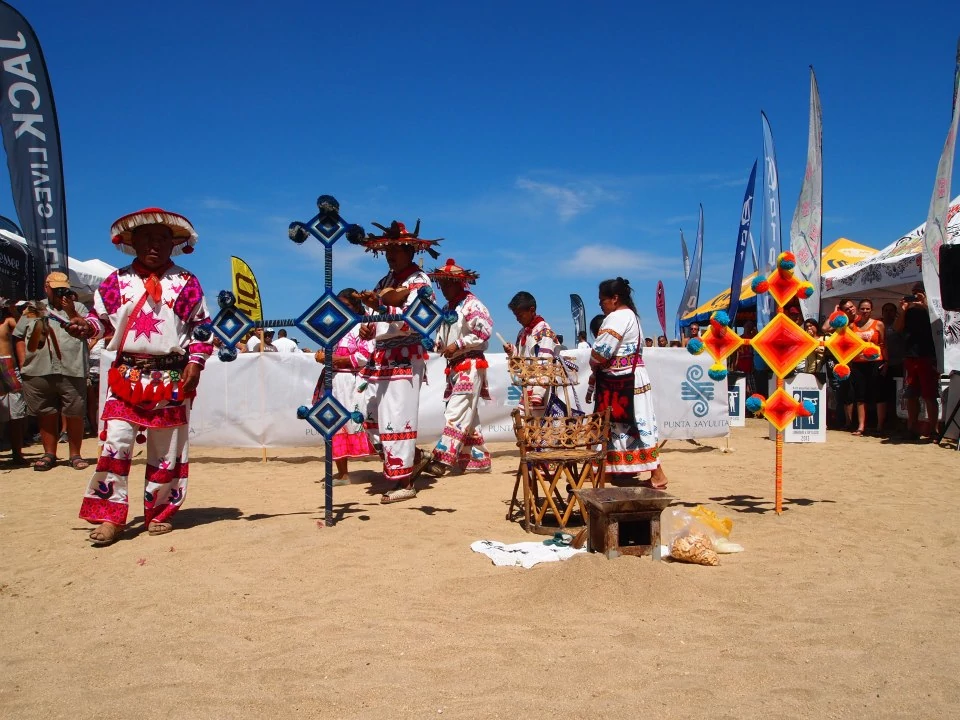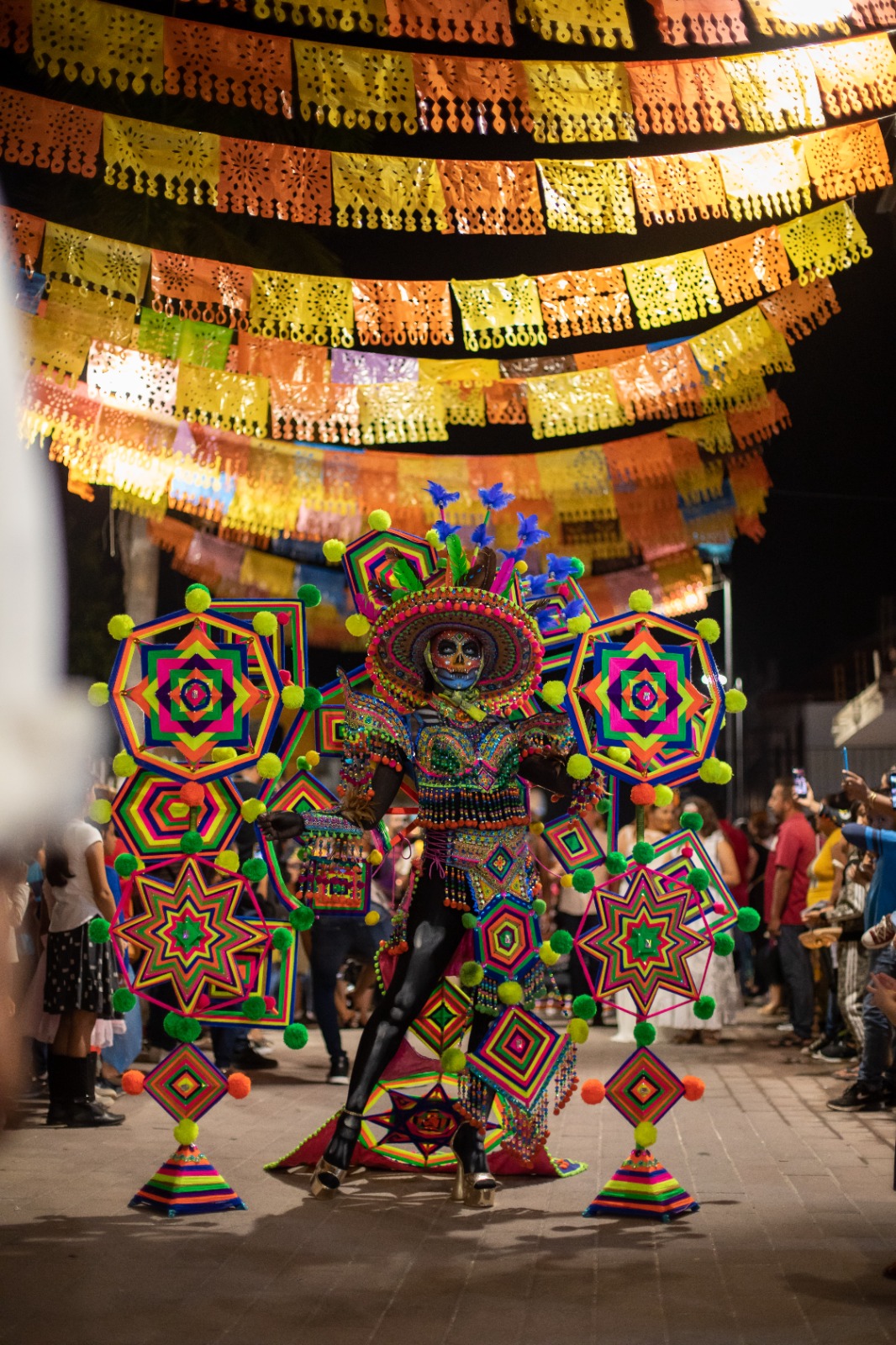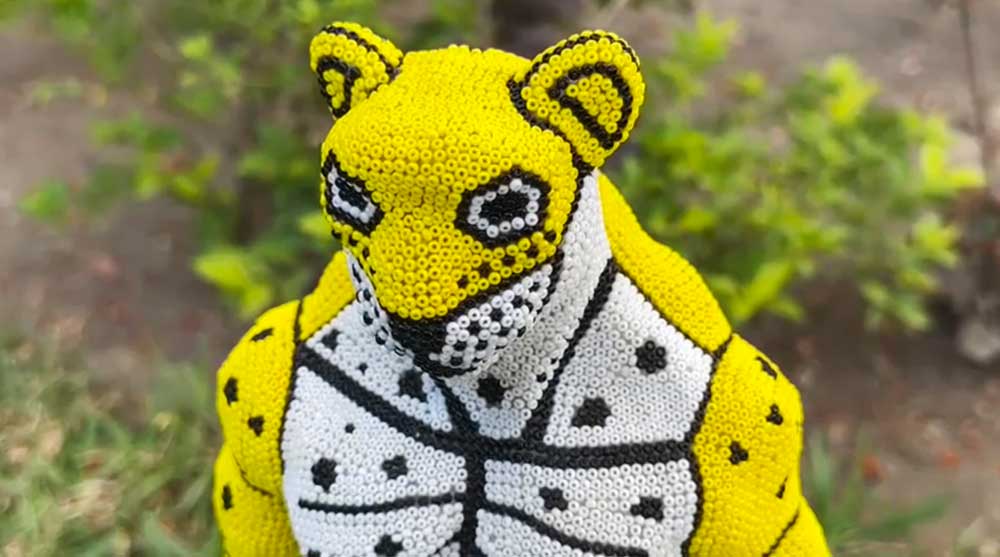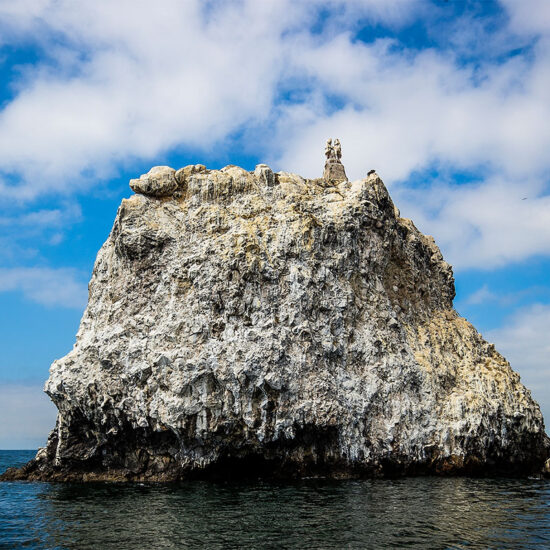
Origin and Meaning of the Eye of God
A treasure of Mexican craftsmanship
An ancestral tradition of the Wixárika people (also known as Huicholes), an indigenous community from Nayarit, is the mythical Eye of God. It’s a spiritual object made by weaving a design with various-colored threads onto a wooden cross.
Some believers think that this spiritual eye has the power to see and understand things that the physical eye does not. It is used in Wixárika rituals and is believed to protect those who pray to it.
Where does the Eye of God come from?
The traditional word for its name is Sikuli or Tzicuri, meaning ‘the power to see and understand unknown things.’ Within the Wixárika worldview, each color represents sacred and divine elements; for example, blue symbolizes the sky, water, and purity, while red represents strength, fire, and the heart. It is also said that they are created to protect the mother and child in the womb, and when the baby is born, the father adds a color for each year until the child reaches the age of five.
Furthermore, according to Wixárika religion, the Eye of God has a very important spiritual function. It is also believed that its creation establishes a direct link with the gods and spirits, allowing interaction with the spiritual world. Each Eye of God is woven with a specific intention, whether for protection, healing, abundance, or any other spiritual purpose.
The Eye of God Today
Although the Eye of God has its roots in ancestral culture, it has transcended borders and become a recognized symbol worldwide. Due to its beauty and significance, its presence has expanded in the artistic and decorative realms.
By acquiring one of these objects, we are not only obtaining a unique work of art but also contributing to the preservation of a millennia-old tradition. Let us keep the tradition alive by appreciating its beauty and valuing the cultural richness it represents.








